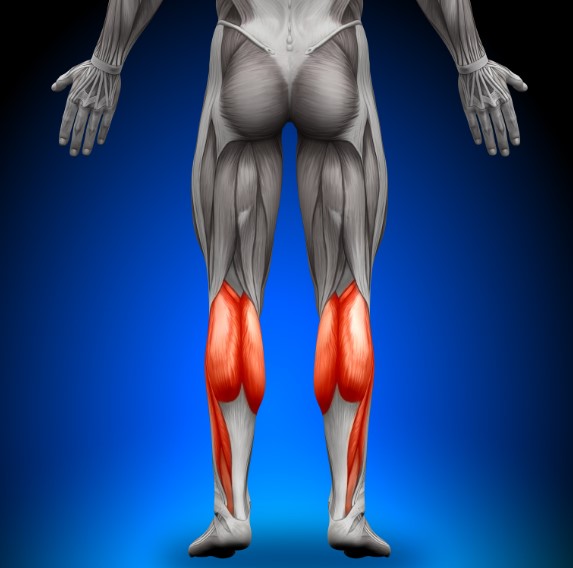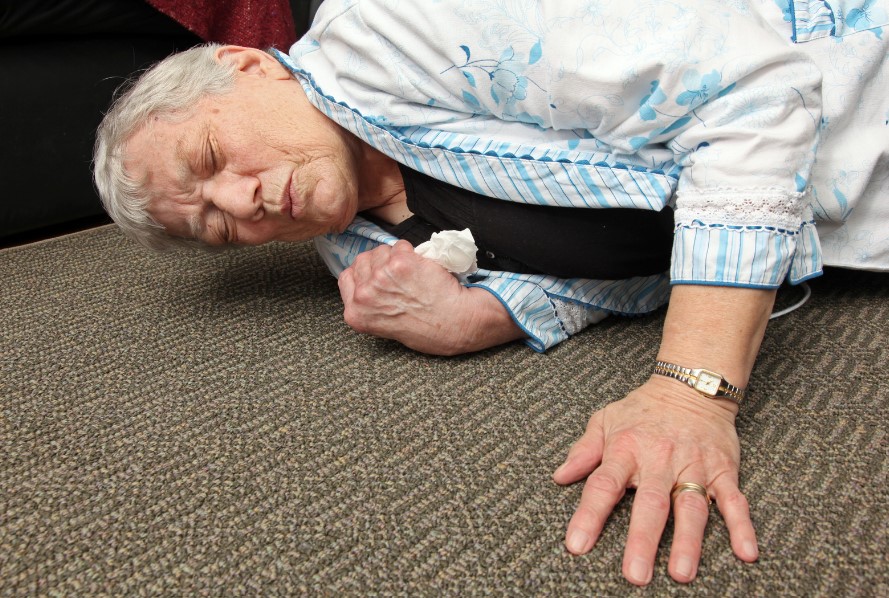The foot and ankle, are often relegated to the periphery of our health concerns, yet are a cornerstone of our well-being. As the origin of the kinetic chain—a sequence of physiological movement-related events that propagate from the foot upwards— this often forgotten component plays a pivotal role in our overall health.
For seniors, this is not merely an academic point; it has profound implications for fall risk, orthopedic health, and mobility. This article aims to delve deeper into the foot and ankle’s role in the kinetic chain, emphasizing the necessity of regular exercise for maintenance/function and a fair warning of the consequences of neglect.
The Kinetic Chain: An In-Depth Look
The kinetic chain is a biomechanical concept that posits that movement in one part of the body influences movement in connected components. The foot, serving as the initial point of contact with the ground, sets the stage for the entire chain of physiological events that follow. It absorbs shock, adapts to terrain, and provides the leverage needed for propulsion.

The basic anatomy:
The foot and ankle are marvels of anatomical engineering, designed for stability and mobility. The foot is a complex structure comprising 26 bones, 33 joints, and over 100 muscles, tendons, and ligaments. The bones are categorized into three main groups: the tarsal bones in the hindfoot, the metatarsal bones in the midfoot, and the phalanges in the toes.
The ankle, or the “talocrural joint,” is where the tibia and fibula (bones of the lower leg) meet the talus bone of the foot. This joint allows for the essential movements of dorsiflexion (lifting the foot upwards) and plantar flexion (pointing the foot downwards).
The subtalar joint, located below the ankle joint, permits inversion and eversion, which are the inward and outward tilting of the foot. Muscles like the gastrocnemius and soleus contribute to plantar flexion, while the tibialis anterior and tibialis posterior are vital players in dorsiflexion and foot stabilization.
Over time, particularly with a lack of regular exercise, the muscles associated with the foot and ankle can weaken, and the joints may lose their range of motion.
Weakness in muscles like the tibialis anterior can compromise dorsiflexion, making it difficult to lift the foot properly during walking, increasing the risk of tripping and falling.
Similarly, a weakened gastrocnemius and soleus can affect plantar flexion, crucial for tasks like standing on tiptoes or pushing off the ground while walking or running.
The ligaments and tendons supporting these joints and muscles can also lose their elasticity, reducing flexibility. This loss of strength and flexibility disrupts the kinetic chain and predisposes individuals, especially seniors, to conditions like arthritis, plantar fasciitis, abnormal knee/hip wear & pain, disc issues in the lower back – causing pain, and a heightened risk of falls and fractures.
Exercise for small muscles that make a BIG difference:
Regular exercise to maintain proper function is a necessity, especially for seniors. Exercise enhances muscle tone, improves bone density, and boosts cardiovascular health. Regarding the foot and the kinetic chain, regular exercise ensures that the muscles associated with the ankle are strong and flexible, thereby enhancing stability, reducing the risk of falls, and proactively managing orthopedic issues (knees, hips, lower back are most common).
What happens when you skip the maintenance:
Conversely, a lack of exercise can be highly detrimental. Muscle atrophy sets in, leading to a loss of strength and flexibility. This compromises the foot’s role in the kinetic chain and increases the risk of orthopedic issues and falls. The vicious cycle of reduced mobility further exacerbates these issues, making physical activity increasingly challenging.
Essential Maintenance
Ten Easy-yet-Beneficial Exercises for Foot and Ankle Health
(these can be done in repetitions or by time, whichever suits you best):
1. Toe Tapping
Instructions: Sit in a chair, feet flat on the ground. Lift your toes while keeping your heels anchored. Repetitions: 15-20 Time: 1-2 minutes Frequency: Daily
2. Heel Raises
Instructions: Stand upright, feet hip-width apart. Lift your heels, balancing on the balls of your feet before lowering back down. Repetitions: 10-15 Time: 1-2 minutes Frequency: Daily
3. Ankle Circles
Instructions: While seated, lift one foot off the ground and rotate your ankle clockwise, then counterclockwise. Repetitions: 10 in each direction Time: 1 minute per foot Frequency: Daily
4. Towel Scrunches
Instructions: Place a towel on the floor. Sit in a chair and use your toes to scrunch the towel towards you. Repetitions: 10-12 Time: 2-3 minutes Frequency: 3-4 times a week
5. Ankle Alphabet
Instructions: Pretend your big toe is a pen, and write the alphabet in the air. Repetitions: Once through the alphabet Time: 2-3 minutes Frequency: Daily
6. Step Ups
Instructions: Use a low step or block. Step up with one foot, follow with the other, and then step back down. Repetitions: 10-12 per leg Time: 3-4 minutes Frequency: 3-4 times a week
7. Seated Calf Raises
Instructions: While seated, place your feet flat on the ground. Lift your heels as high as possible. Repetitions: 15-20 Time: 1-2 minutes Frequency: Daily
8. Ankle Inversion and Eversion
Instructions: Sit and turn your foot inward (inversion) and then outward (eversion). Use a resistance band for added challenge. Repetitions: 10-12 in each direction Time: 2-3 minutes Frequency: 3-4 times a week
9. Plantar Flexion with Resistance Band
Instructions: Anchor a resistance band and loop it around your foot. Point your toes away from you. Repetitions: 10-15 Time: 1-2 minutes Frequency: 3-4 times a week
10. Dorsiflexion with Resistance Band
Instructions: Similar to plantar flexion, but pull your toes towards you against the resistance. Repetitions: 10-15 Time: 1-2 minutes Frequency: 3-4 times a week
As the kinetic chain’s origin, the foot is a linchpin in our physiological well-being. Regular exercise targeting the foot and ankle muscles can be a game-changer for seniors, significantly reducing fall risk, mitigating orthopedic concerns, and enhancing overall mobility.
If ever there were a reason to exercise regularly, this should be it. Because, if the origin of your kinetic chain does not work properly – NOTHING ELSE in your kinetic chain will work properly either!
Joe Carson B.S. NASM-CPT/FAS/CN
Master Trainer/Functional Aging Specialist/Certified Nutritionist
Twenty-First Century Aging
www.twentyfirstcenturyaging.com
Sources
American Podiatric Medical Association
Centers for Disease Control and Prevention – Older Adult Falls
Arthritis Foundation – Foot Health
National Institute on Aging – Exercise and Physical Activity
In the final analysis, exercise is not merely about cardiovascular fitness or muscle tone; it’s about the foundational elements that allow those systems to function optimally. Your feet carry you through life; it’s time to invest in their care.





